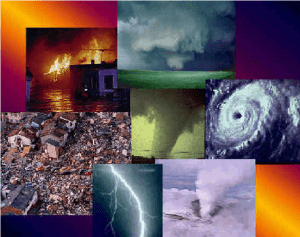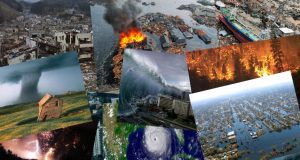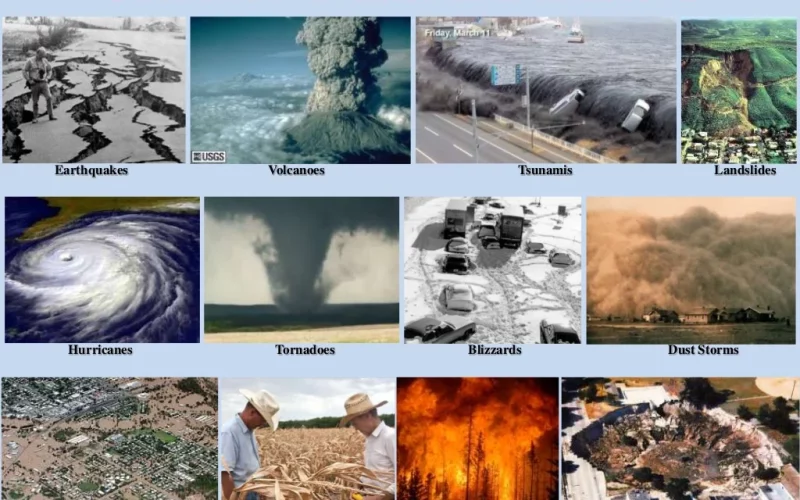Natural Disasters and Supply Chains

Natural disasters, ranging from hurricanes and floods to earthquakes and wildfires, pose significant threats to global supply chains. The unpredictability and sheer force of these events can severely disrupt the flow of goods and services, causing widespread economic impacts. As a professional in the field of supply chain management, I have observed firsthand the challenges and strategies involved in mitigating the effects of natural disasters on supply chains. In this article, I will explore various aspects of how natural disasters affect supply chains and discuss strategies for building resilience against these disruptions.
Impact of Natural Disasters on Global Supply Chains
Natural disasters disrupt global supply chains primarily by damaging critical infrastructure, such as roads, bridges, ports, and factories. The destruction of physical assets not only halts production but also impedes the transportation of goods, leading to delays and shortages in the market. For instance, a major hurricane hitting a port city can block shipping routes and damage warehouses, disrupting global trade flows for weeks or even months. Furthermore, the unpredictability of natural disasters tests supply chain resilience. Despite advancements in weather forecasting, the exact timing, location, and intensity of natural events remain difficult to predict with complete accuracy. This uncertainty complicates the planning and preparedness efforts of businesses, making it challenging to mitigate risks effectively.
Risk Management Strategies for Supply Chains in Disaster-Prone Areas
To manage risks in disaster-prone areas, companies must focus on implementing resilient infrastructure and developing contingency plans. Resilient infrastructure includes designing and constructing buildings and transportation networks that can withstand the forces of Natural Disasters. For example, elevating facilities in flood-prone areas or reinforcing structures in earthquake-prone regions can minimize damage and facilitate quicker recovery. Developing contingency plans is equally important. These plans should outline alternative routes for transportation, identify backup suppliers, and establish emergency communication protocols. By preparing for various disaster scenarios, supply chains can maintain operations during crises or recover more rapidly afterward.
Case Studies of Supply Chain Disruptions Due to Natural Disasters

The global impact of natural disasters on supply chains is evident in numerous case studies. One notable example is the 2011 earthquake and tsunami in Japan, which disrupted the automotive and electronics industries worldwide. The disaster caused shortages of critical components, such as semiconductors and automotive parts, highlighting the interconnectedness of global supply chains. Another example is Hurricane Katrina in 2005, which damaged the Port of New Orleans and affected the distribution of commodities like coffee and rubber. These cases underscore the importance of resilience in supply chains to withstand the effects of natural disasters.
Building Resilience in Supply Chains Against Natural Disasters
Enhancing predictive analytics and strengthening supplier networks are key strategies for building resilience against natural disasters. Predictive analytics involves using data and algorithms to forecast potential disruptions and their impacts on supply chains. By analyzing historical weather patterns, companies can identify risk-prone areas and adjust their operations accordingly. Strengthening supplier networks involves diversifying suppliers and developing strong relationships with them. Having multiple suppliers in different geographical locations can reduce the risk of disruptions. Additionally, collaborating closely with suppliers ensures better communication and coordination during emergencies.
The Role of Technology in Mititating Supply Chain Risks
Technology plays a crucial role in predicting natural disasters and minimizing their impact on supply chains. Advanced technologies, such as artificial intelligence (AI) and machine learning, can analyze vast amounts of data to predict the likelihood and severity of natural events. This allows companies to implement proactive measures, such as adjusting inventory levels or rerouting shipments, to avoid affected areas. Additionally, technology solutions like blockchain can enhance transparency and traceability in supply chains, enabling quicker responses to disruptions.
Collaboration and Coordination in Disaster Response for Supply Chains

The disruption of supply chains by hurricane necessitates robust collaboration and coordination among all stakeholders. Governments, businesses, and non-governmental organizations must work together to develop and implement disaster response plans. Effective collaboration ensures that resources are allocated efficiently, and aid reaches affected areas promptly. Coordination among supply chain partners is also vital for sharing information and resources during recovery efforts. By working together, stakeholders can minimize the impact of natural disasters and accelerate the recovery process.
Future Trends in Supply Chain Management for Disaster Preparedness
Looking ahead, integrating AI for predictive analytics and enhancing resilience through diversified supply chains are emerging trends in supply chain management for disaster preparedness. AI technologies will become increasingly sophisticated, offering more accurate predictions and enabling automated decision-making during crises. Diversifying supply chains, both in terms of suppliers and logistics options, will also be a focus for businesses seeking to mitigate risks associated with natural disasters. By embracing these trends, companies can improve their preparedness and resilience against the inevitable challenges posed by hurricane .
Final Thought
The natural disasters present significant risks to global supply chains, but through strategic planning, technological innovation, and collaboration, businesses can enhance their resilience against these disruptions. By understanding the impacts of hurricane and implementing effective risk management strategies, supply chain professionals can mitigate the economic consequences and ensure the continuity of operations in the face of adversity.












